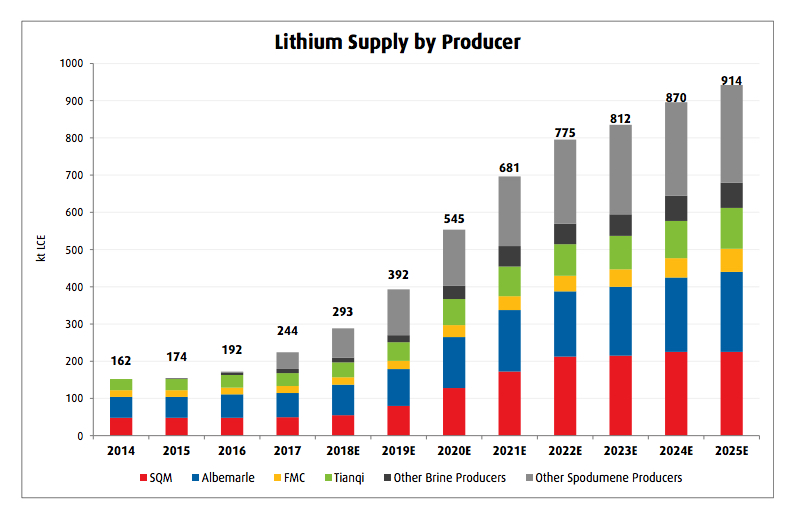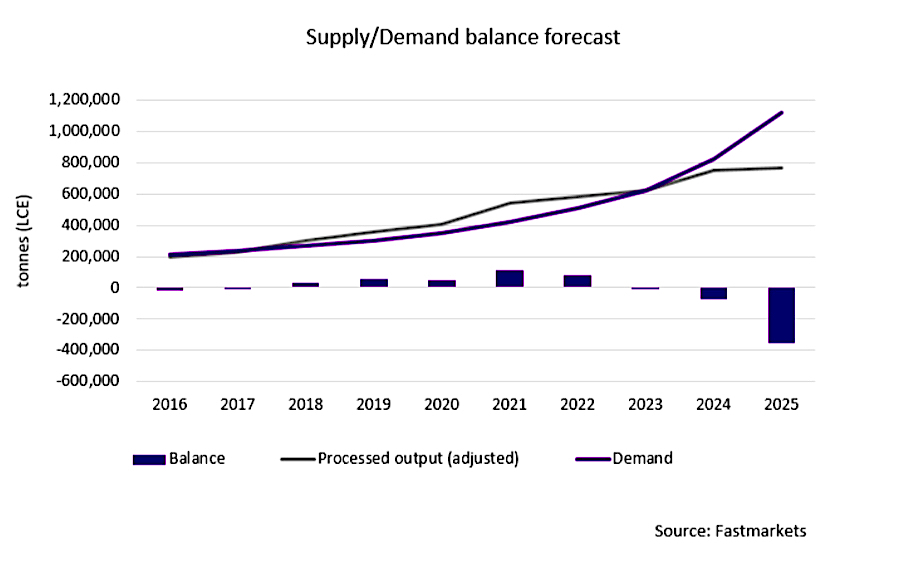Chile’s environmental watchdog (SMA)
has appealed a lower court decision against a $25 million remediation plan by SQM,
the world´s No. 2 lithium producer, which called into question the miner’s $380
million production expansion project.
The First Environmental Court of
Antofagasta, where SQM’s operations are based, upheld
in December a complaint made by local communities about the use of water in
the Atacama Desert.
The ruling was based, according to
filings, on the ecosystem’s “special condition of fragility” in Atacama, where
more than a third of global lithium carbonate supply is sourced. The court also
cited the high level of scientific uncertainty surrounding the impact of
lithium mining on water in the region.
The environmental regulator, which
had approved
SQM’s plans in March last year, called the lower court’s arguments “unfounded”,
especially those alleging the rejected plan failed to protect the environment.
The SMA’s appeal must now be
considered by Chile’s Supreme Court.
SQM’s current annual production
capacity is 70,000 tonnes of lithium carbonate and 13,500 tonnes of lithium
hydroxide. The company, however, wants to increase production to 120,000 tonnes
of lithium carbonate and almost 30,000 tonnes of lithium hydroxide by the
second half of 2021 and to 160,000 tonnes of lithium carbonate by the end of
2023.

Water has become a flashpoint for
the expansion plans of both SQM and top competitor Albemarle (NYSE: ALB), both
of which operate in the salt flats of the Atacama, the world’s driest desert.

The Chilean miner’s planned
expansion would come as lithium prices are experiencing a welcomed rebound. The
surge was prompted by expectations of a jump in electric vehicle sales in China
after the government gave assurances that its subsidies for buyers would not be
cut any further.
Chile, which holds about 52% of the
world’s known lithium reserves, lost in 2018 its top lithium producer crown to Australia.
The country, however, is working on
reversing that situation. It predicts that lithium will soon become its second
largest mining asset, behind copper. The commodity is currently the country’s fourth biggest export.
